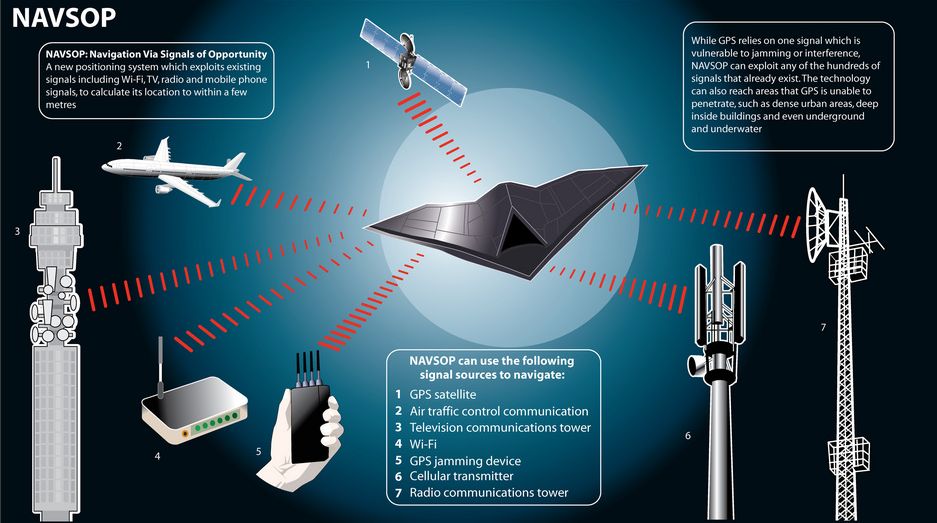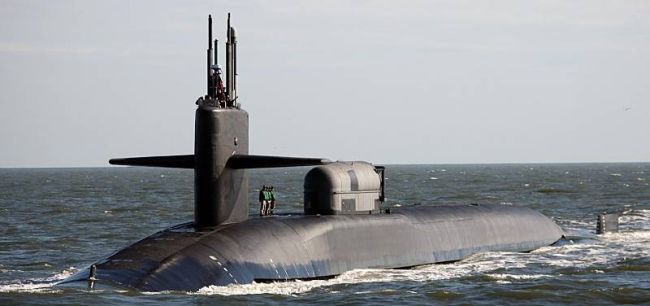WASHINGTON, April 19, 2012 — Six days after North Korea’s failed long-range rocket launch, the head of the Defense Department’s Missile Defense Agency testified on Capitol Hill about bolstering U.S. defenses against a growing ballistic missile threat.
Agency Director Army Lt. Gen. Patrick J. O’Reilly appeared yesterday before the Senate Appropriations Committee’s defense subcommittee to discuss the administration’s fiscal 2013 budget request of $7.75 billion for his agency.
The request is a reduction of more than $650 million from the fiscal 2012 appropriation. Since 1999, the United States has invested more than $90 billion in missile defense.
The latest request, O’Reilly said, “balances our policies as documented in the 2010 Ballistic Missile Defense Review [with] U.S. Strategic Command’s integrated air and missile defense priorities, [Missile Defense Agency] technical feasibility assessments, affordability constraints and current intelligence community estimates of the ballistic missile threat.”
But the director expressed concern to the panel about two critically needed programs that are in jeopardy because of past congressional funding reductions.
The first, he said, is a missile defense sensor capability provided by the precision tracking space system, which allows space-based tracking of ballistic missiles. The second is the need to develop a second independent layer of homeland defense with the SM‑3 IIB interceptor, a highly deployable missile that would destroy threat missiles earlier in their flight paths than the current architecture.
“I request your support for these programs,” O’Reilly said, “so that our homeland benefits from the same layered missile defense approach that we successfully employ in our regional defenses.”
The director described improvements made last year to the complex ballistic missile defense system designed to protect the United States and its allies. These include activating a new missile field and a fire-control node at Fort Greely, Alaska; activating an upgraded early warning radar in Thule, Greenland; and upgrading the reliability of three ground-based interceptors, or GBIs, he said.
“This year,” O’Reilly told the panel, “we continue to aggressively pursue the agency’s highest priority — to conduct a missile intercept with the newest version of the GBI’s exo-atmospheric kill vehicle after two previous flight-test failures.”
A failure review board of government and industry experts redesigned critical GBI kill vehicle components and established more stringent manufacturing and component requirements, he added.
“These requirements have previously not been encountered anywhere in the aerospace industry,” O’Reilly noted, adding that these have caused delays in preparing for the next flight tests.
“We will fly a nonintercept test by the end of this year to verify we have resolved all issues, and then we will conduct our next intercept flight test early next year to reactivate the {ground-based midcourse defense] production line,” the director said. “We will not approve the execution of a flight test until our engineers and independent experts are convinced that we have resolved all issues discovered in previous testing.”
Also this year, the agency will activate a hardened power plant at Fort Greely, increase the firepower of fielded GBIs by testing and upgrading GBI components, and boost the capability of sea-based X‑band radar, the tracking and discrimination radar used for the GMD element of the Ballistic Missile Defense System.
“Regional defense highlights over the past year include the on-time deployment of the first phase of the European Phased Adaptive Approach,” O’Reilly said, “consisting of the command-and-control node in Germany, forward-based radar in Turkey and an Aegis missile defense ship on station in the Mediterranean Sea.”
The agency also demonstrated the first Aegis intercept of a 3,700-kilometer target using remote forward-based radar, he said, and the simultaneous intercept of two missiles by the terminal high-altitude area defense system, called THAAD.
The THAAD element gives the missile defense system a globally transportable, rapidly deployable ability to intercept and destroy ballistic missiles in or out of the atmosphere during the final, or terminal, flight phase.
“This year the first two THAAD batteries will be available for deployment, increasing the number of Aegis-capable ships to 29,” the director said, and three SM‑3 Block IB flight tests will show that last year’s flight-test failure is resolved.
Coming up, he said, the largest missile defense tests in history will involve the first simultaneous intercepts of multiple short and medium-range ballistic missiles and cruise missiles by Patriot forward-based radar.
The United States has missile defense cooperative programs with the United Kingdom, Japan, Australia, Israel, Denmark, Germany, the Netherlands, the Czech Republic, Poland, Italy and many other nations. O’Reilly said the agency works with more than 20 countries, “including our cooperative development programs with Israel and Japan and our first foreign military sale of THAAD to the United Arab Emirates,” and supports technical discussions with the Russians on missile defense.
Phases 2 and 3 of the European phased, adaptive approach to missile defense are on track to meet the 2015 and 2018 deployment dates, the director said.
Source:
U.S. Department of Defense
Office of the Assistant Secretary of Defense (Public Affairs)

 von
von 
